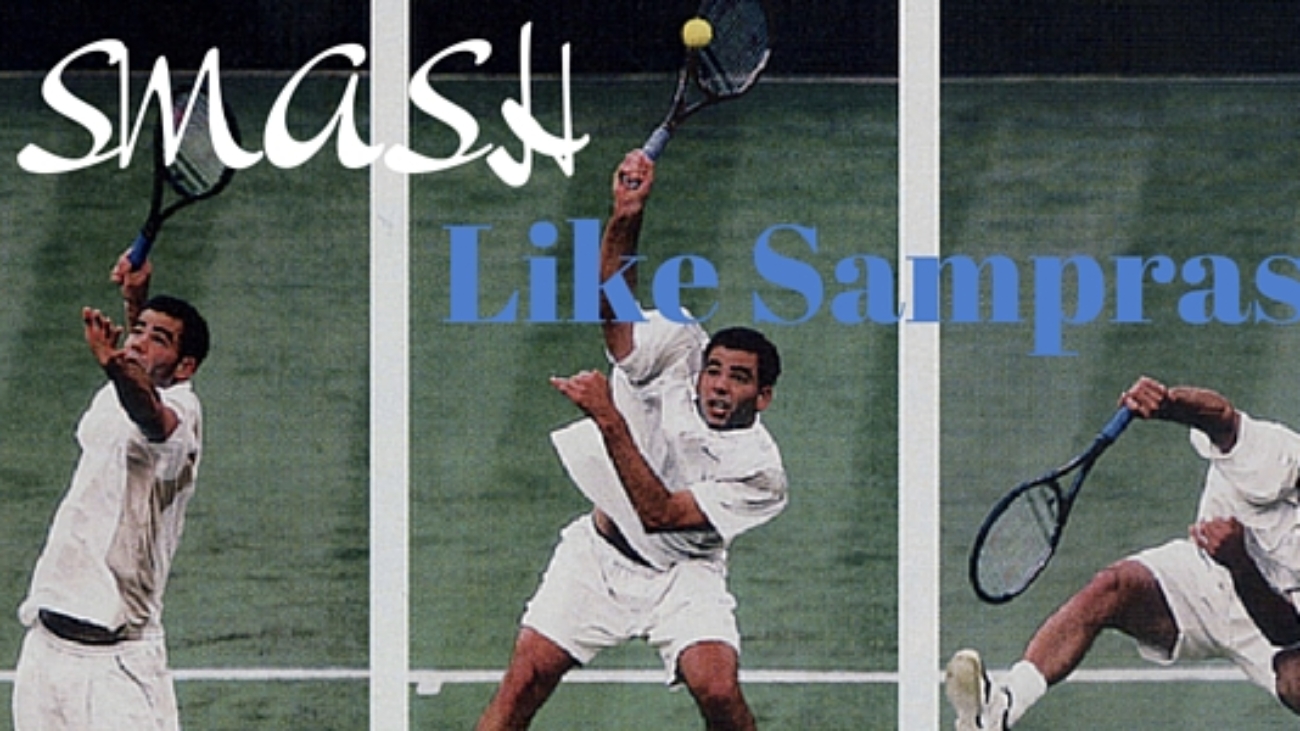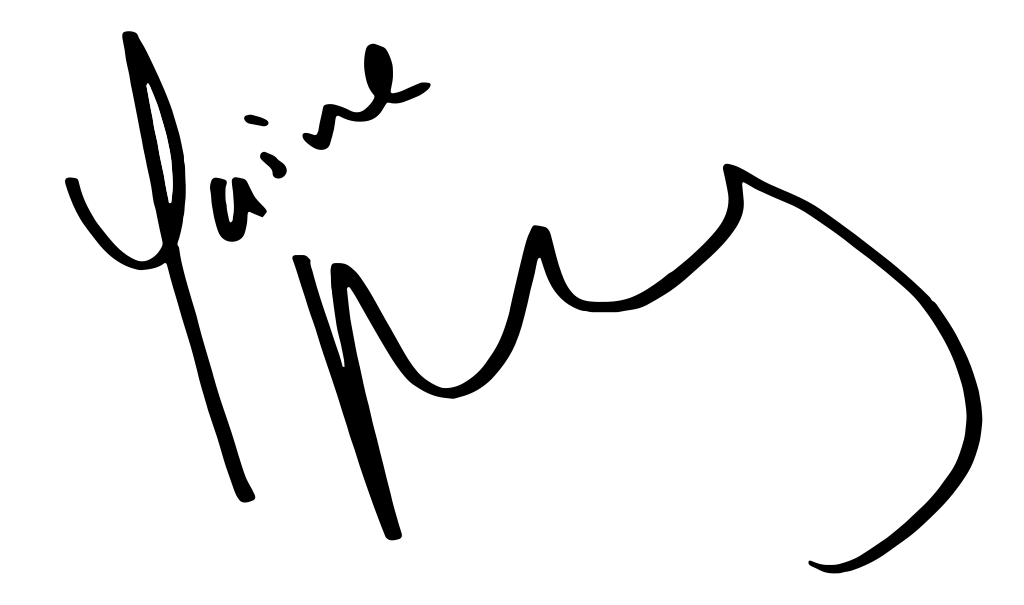Did you manage to read part 7 last week based on improving your volley technique, I had some great feedback from that blog post. If you haven’t read it yet, click here to have a read.
In the part we are going to look at simple ways to improve your smash. As a doubles player, the smash is an essential weapon in your arsenal since you are looking to spend the majority of your time at the net and closing the net down. If you get a chance to hit an overhead, the point should be over in most cases. It’s true for the pros and it should be true for you, too. The overhead is a put-away shot. If yours isn’t, then you are giving away what should be free points.
[divider scroll_text=””]Essential Elements
The key to improving your overhead is understanding, learning, and practicing a three essential elements:
- Unit turn
- Movement (footwork)
- The arm swing
In this blog will will focus on the unit turn, the movement and arm swing will be covered in parts 9 & 10.
Before I start discussing the three elements, I want to stress the necessity to learn and to use the continental grip around the net, on the serve, and on the overhead. The continental grip, along with a good unit turn as described next, is what allows greater racket acceleration and, therefore, ball speed.
The Unit Turn
Although the overhead is like the serve in obvious ways, in one basic way it is more like the groundstrokes or volleys. This is because it begins with a unit turn. On the overhead, you are generally starting from a ready position. This means you must first turn your shoulders so your body is sideways. Without a good unit turn, you will struggle to develop power or consistency.
The players start in the ready position with the shoulders facing the net and the tips of the toes pointing more or less straight ahead. Basically they turn completely sideways within the first two to three steps. At the end of the unit turn, the tips of the toes are pointed sideways at the sideline. The torso has turned usually 90 degrees until it is square with the net.
A good key to use when learning this position is to point your front shoulder blade toward the ball. If the ball were to fall all the way, it would hit the player on the front shoulder blade.
After the wind-up starts upwards, it continues until you are in a position resembling the trophy position (or a tick) on the serve. I say resembling because there isn’t an exact match. Typically, the player’s left arm will be pointed directly upward similar to the service toss but sometimes it’s even higher. And it can be substantially lower when the time is short.
The amount of time you have on the overhead is another big difference with the serve. The timing of serve is the same with every ball, controlled by the toss height. Because players are hitting a moving ball on the overhead, the timing can be very quick or take up to several seconds. The exact position of the arms varies with this timing.
Sometimes when the time interval is very short, the left arm extends less than a serve. If the players have a large distance to cover, however, they may hold the racket longer in something closer to the classic serve trophy position as they move before beginning the racket drop when they reach to set up position.
Tennis Holidays are a great way to make real progressions in your game, it is an intense week of learning new skills in the morning and putting them in to practise in the afternoons. Being able to play for 20 hours in one week means that you can really make changes in your game fast! Our Tennis Holidays our suitable for all levels whether you are a complete beginner through to county level players – everyone is welcome!










